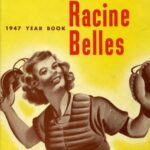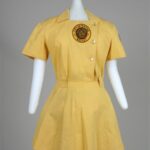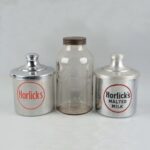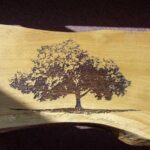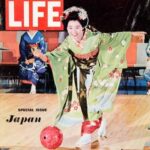Philip Wrigley, the gum manufacturer and owner of the Chicago Cubs, conceived of the All-American Girls’ Softball League in 1942 as World War II and its drain on manpower threatened to shut down Major League Baseball. Wrigley saw “Rosie the Riveters” move into factories, and figured girls could move onto the baseball field, as well. He recruited softball players from all over the country, but the first four teams were all in the Midwest—the Rockford (Illinois) Peaches, the Kenosha (Wisconsin) Comets, the South Bend (Indiana) Blue Sox, and the Racine Belles. At the end of the first season, Wrigley changed the name of his league to the All-American Girls’ Professional Baseball League (AAGPBL), as the game his league played became a hybrid of softball and baseball.
Wrigley believed that baseball fans would be intrigued, as the league manual put it, to see “baseball, traditionally a men’s game, played by feminine-type girls with masculine skill.” However, many of the players exhibited rough manners and seemingly expressed little interest in appearing feminine. To “improve” their appearance and to “turn them into ladies,” players attended a charm school run by make-up entrepreneur Helena Rubenstein, at least for the first two seasons. They also had to follow strict rules requiring them to wear lipstick and skirts at all times, to never smoke, drink, or swear in public, and “to dress, act, and carry themselves as befits the feminine sex.”
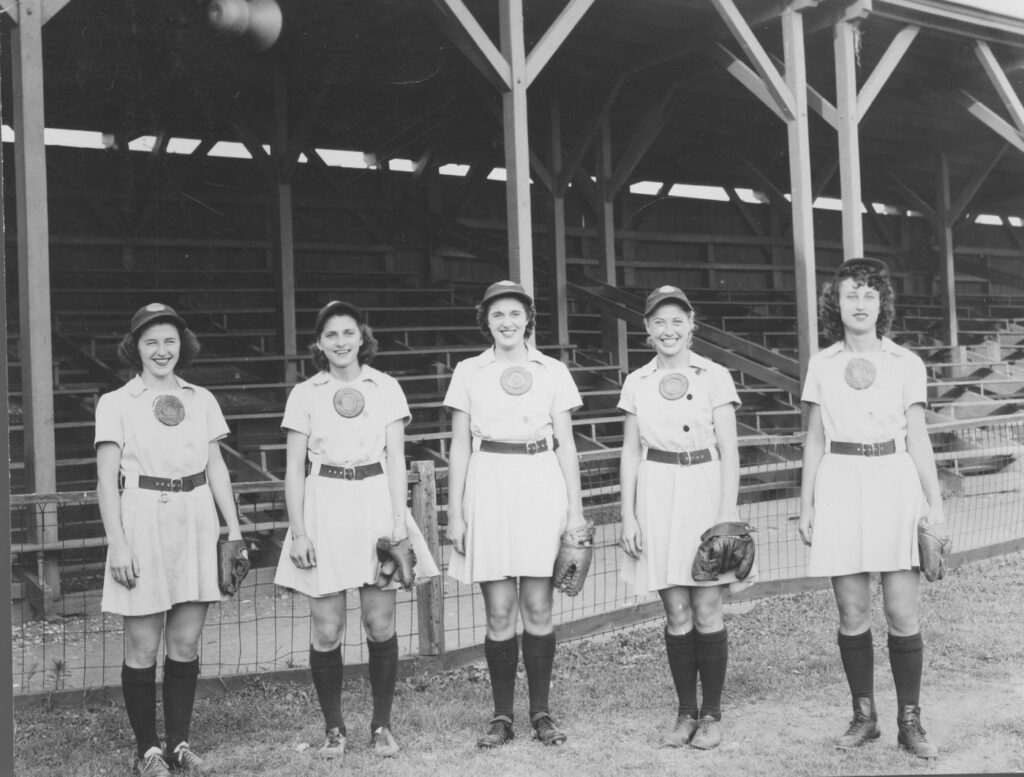
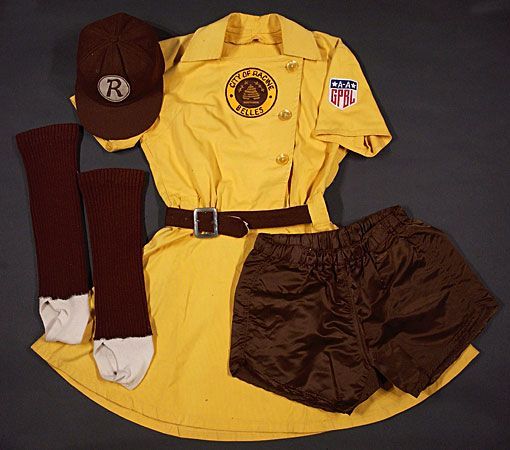
This emphasis on femininity extended to the uniform the players wore. In the 1930s and 1940s amateur and semi-professional softball team uniforms for women usually had consisted of satin shirts, shorts, long pants, or traditional baseball attire. The AAGPBL, however, insisted that their players wear dresses. The dress, designed in part by Mrs. Wrigley, was a belted tunic with a short, flared skirt in pastel colors worn with shorts of a matching darker shade. The dress buttoned up the front on the left side leaving space on the chest for a circular team logo. The girls were told to hem their skirts no shorter than 6″ above the knee.
Some the players later admitted to being embarrassed playing in skirts but wanted to be in the league and play baseball so much that they overlooked the inconvenience. Former player Dorothy “Kammie” Kamenshek of the Rockford Peaches recalled, “The first year was very difficult because [the skirts] were too flaring and too long. You’d go to stoop for a ground ball and the skirt would be there. But we accepted it.” The most serious difficulty of wearing the skirts was, as one historian of the AAGPBL put it, “the skirts made sliding into base an exercise in masochism.” Awful abrasions, known as “strawberries,” rarely had a chance to heal before they would be torn open again.
Although Wrigley left the league after the first season, others stepped in and kept it successful for the rest of the decade. In the early fifties the league began to falter, and several teams closed. The Racine Belles moved to Michigan, first to Battle Creek and then to Muskegon, in an attempt to keep the team afloat, but it folded in 1953. The rest of the league followed suit after the 1954 season. For the next 40 years the AAGPBL was relegated to a historical footnote until the release of “A League of Their Own,” which made over $107 million. Interest in the professional girls’ baseball league has remained high ever since.
This story was edited and adapted from Leslie Bellais’s original Curators’ Favorites article.
SOURCES
“AAGPBL Teams: Racine Belles.” AAGPBL Teams: Racine Belles. Accessed April 25, 2020. https://www.aagpbl.org/teams/racine-belles
Lois Browne, Girls of Summer in their own League. Toronto: HarperCollins Publishers, Ltd., 1992.
Merrie A. Fidler, The Origins and History of the All-American Girls Professional Baseball League. Jefferson, NC: McFarland & Co., Inc., 2006.
Susan E. Johnson, When Women Played Hardball. Seattle: Seal Press, 1994.
Yearbooks and Scorecards of the Racine Belles (Wisconsin Historical Society Archives).
